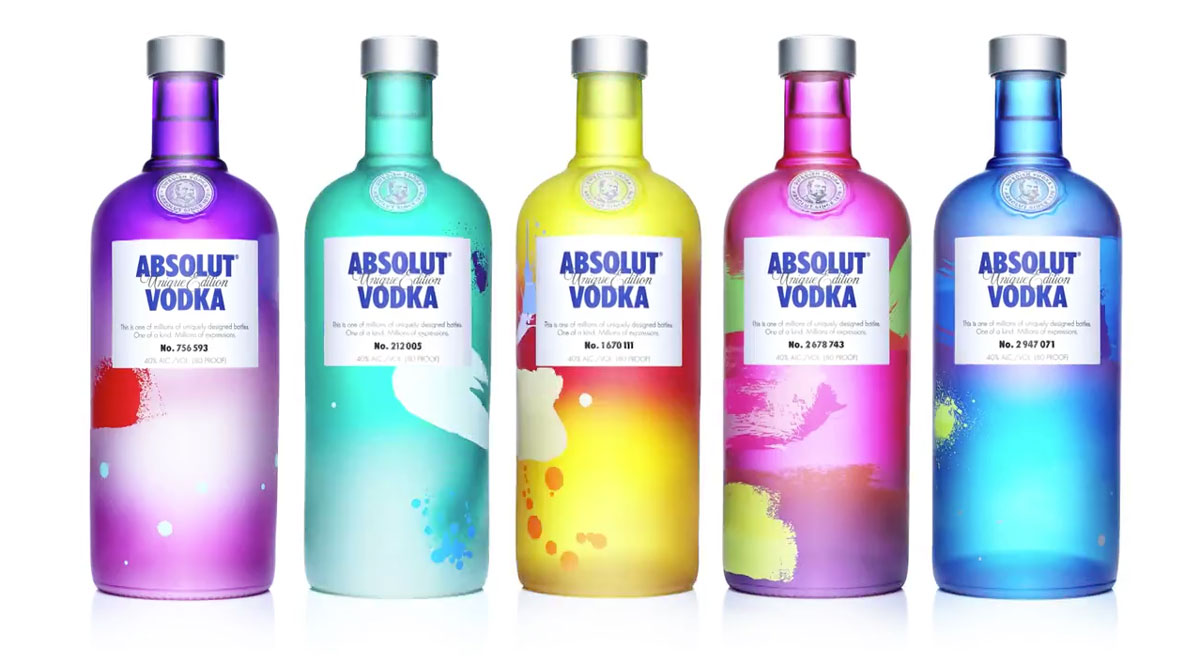By Richard Spencer, Chief Marketing Officer, Isentia: Messaging mania has taken over the world. Once a simple service for exchanging text messages between users, messaging apps have evolved into expansive ecosystems connecting people with brands, merchandise and content – eclipsing many social networks for engagement. The question is, do they really work for marketers?
Well, that depends on how you use them.
Two of the biggest messaging apps – Facebook Messenger and WhatsApp (also owned by Facebook) – don’t offer advertising features. Instead, unlike traditional advertising channels, they encourage conversations between people and brands.
Among the first brands to try the platform was Absolut Vodka, who used WhatsApp to launch the brand’s Limited Edition Absolut Unique collection, a range of 4 million uniquely designed vodka bottles.
With a campaign goal to establish a closer line of communication between consumers and the brand, Absolut announced an exclusive party along with the chance for two lucky fans to attend. Anyone wanting to attend the party needed to convince imaginary bouncer, Sven, to let them in via WhatsApp.
What resulted was a buzz within the community culminating with over 600 contacts, 100 unique images, videos and audio messages from eager party-goers trying to convince Sven.
Today, many brands are having personalised, not to mention ‘instant’, conversations like via WhatsApp and Facebook, transforming a new world of bespoke customer service.
Fully encrypted
Facebook’s latest tool facilitates fully encrypted one-on-one conversations in real time, complete with receipts and order tracking embedded in the conversation. These in-the- moment private conversations can take place at every point in the customer experience and encourage dialogue with those who are less likely to post on an open forum (www.conversocial.com/customer-service).
On the flipside, Snapchat, has mastered the art of the sell. Once used heavily by brands as a marketplace for influencers to broadcast their devotion for a product or service, tighter guidelines – #ad – have encouraged a shift from sponsored posts toward content creation.
Here, brands are using creative Snapchat Stories to engage with their audience in real time. The New YorkTimes do it brilliantly by encouraging followers to watch stories as they happen. In this clever skit, they walked Snapchat fans through their story on how to use their Snapchat, via Snapchat: http://bit.ly/2cInuIa.
While great for content distribution, in a landscape where metrics are everything, one shortfall mobile messaging brings is a lack of analytics. Most platforms provide read receipts and while Snapchat can provide stats on views, but beyond that data for reporting is fairly limited.
Regardless, don’t be surprised with a monumental surge in messaging apps over the next few years. It won’t be long before every point of a consumers daily contact with the world will be via these personalised platforms – from booking dinner, inviting friends and paying the bill – mobile messaging apps will be a one-stop shop.
Get ahead of the game and consider how you can be offering this level of service via one of these ever-popular messaging platforms.
Rather than asking ‘does mobile messaging work’, you should be asking ‘how can we use it’ and ‘are we using it enough’?
Share this Post



